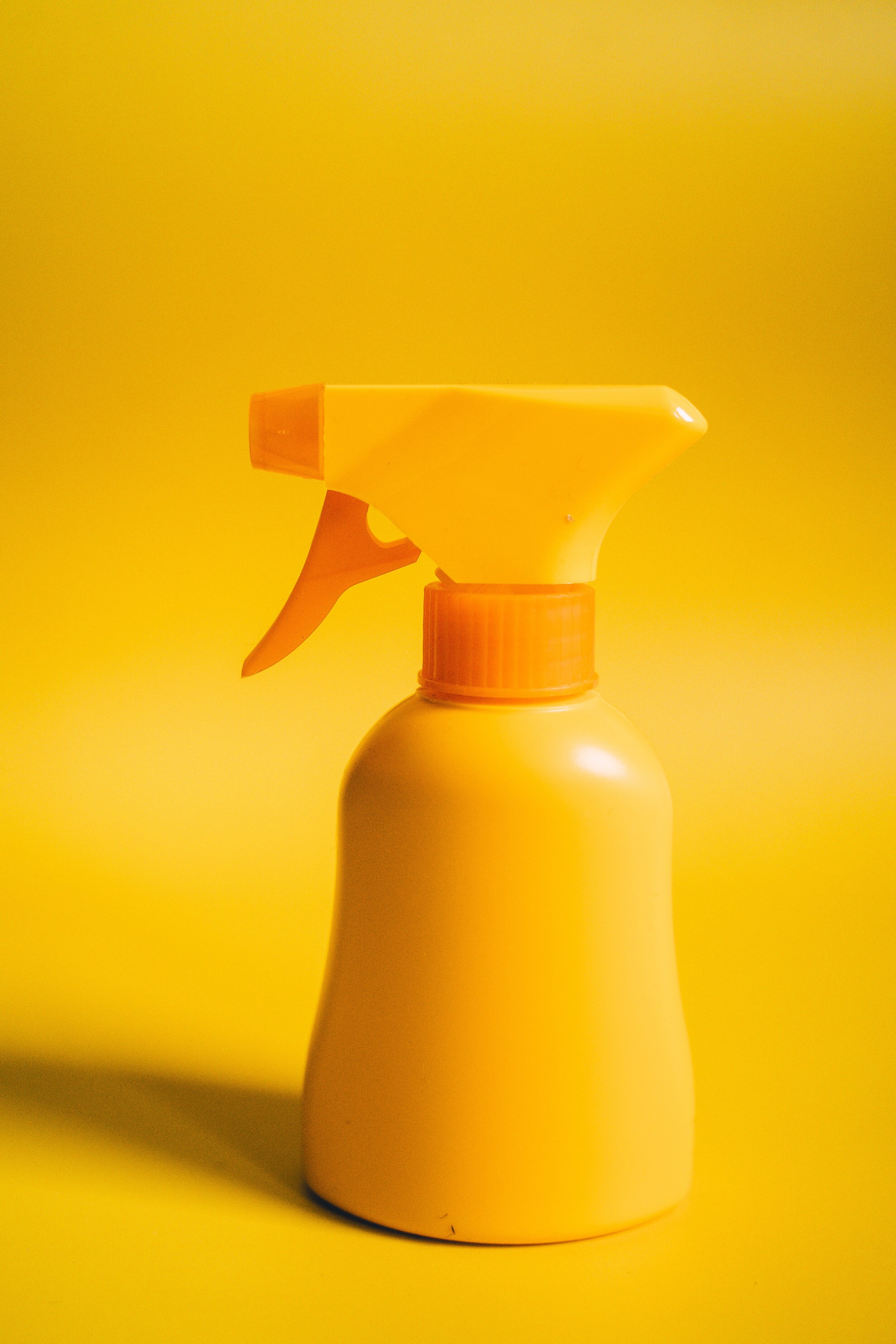Tattoos, Sunshine and Sunburn
“Sunburn inflammation causes vasodilation of cutaneous blood vessels, resulting in the characteristic erythema. Within an hour of UVR exposure, mast cells release preformed mediators including histamine, serotonin, and tumor necrosis factor, leading to prostaglandin and leukotriene synthesis.”
Does that make sense to you? no? me neither. So lets talk in simple terms. Sunburn is something that happens when you have unprotected exposure to the sun, either you haven’t used sunscreen, or you haven’t reapplied it in a timely manner. Sunburn can range from red and annoying, slightly uncomfortable and peeling to blisters and absolute agony. I accidentally got badly burnt last year and ended up awake for nights on end desperately trying to find a way to soothe my damaged raw skin. I tried everything - camomile lotion, yogurt, aloe vera gel, aftersun, burn gel - nothing worked. It was agony and it kept me awake at night and the last thing I would have thought of doing was getting tattooed on the sunburnt area. Which brings me to the question i’m trying to answer -
“Why can’t I get a tattoo on my sunburnt ____ (insert area of the body here!)”
We do not recommend getting tattooed on a sunburnt area and reserve the right to refuse someone if they think for some crazy reason they’d be fine with it. Sunburnt skin has been damaged, is sore and is uneven.
“As the skin becomes damaged, it produces even more melanin. The extra melanin causes some people to become a darker color, or tan. Other people turn red, which is a sign of a sunburn. The redness of a sunburn comes from the body flooding the area with blood to treat the damage and from inflammation of the skin.”
As you can see, this doesn’t create the best canvas for needles to puncture your skin over and over! so the moral of the story here is - no tattoos when you’re sunburnt. If you have an upcoming appointment and we are lucky enough to have glorious sunshine make sure you lather up with a good high factor sunscreen and reapply it as per the instructions on the bottle. If you do happen to get burnt on the area you were going to get tattooed, contact your artist and let them know so they can reschedule your appointment.
Tattoos and the sun
After your tattoo is done, obviously keep it out of the sun. sunburn is bad but sunburn on a fresh tattoo is worse. Don’t put suncream on a fresh tattoo, but do cover it with a loose fabric ie. sleeve or trouser. It might be annoying but its worth it in the long run.
“New tattoos are essentially open wounds. As such, they are highly susceptible to outside elements like bateria, friction and sun. With the exception of getting an infection, too much sunlight is the worst thing that can happen to a new tattoo.
At best, a sunburn on a new tattoo will extend the time needed for the tattoo to fully heal. In extreme conditions, it can distort the lines and coloring of the tattoo.
Ink loss and distortion is most likely to occur as a result of a blistering sunburn. In these cases, the dermis may be harmed, causing ink to leak out or break down. When the tattoo finally heals, the colors may be duller, the edges blurry and the lines undefined.”
As for your older tattoos, protect them from the sun too! here’s a great simple article I found from blue lizard sunscreen which explains how the sun changes tattoos-
“UVA rays, often called aging rays, penetrate deep into the layers of your skin. While fresh tattoos shouldn't be exposed to these rays, their long term effects are most noticeable on healed tattoos.
Tattoo ink is held in the dermis--the second and thickest layer of your skin. While this layer is generally safe from the sun's burning rays, it is easily penetrated by UVA rays. If exposure to UVA rays is continuous, the ink will begin to break down. White blood cells then carry the ink away as if it were an infection or other foreign particle. The leftover ink is usually spread out and splotchy, blurring the lines of the tattoo.
Enough unprotected exposure and your art can become an unsightly blob. Thankfully, it can take years for substantial fading to take place. On the downside, tattoo fading caused by UVA rays happens so slowly that you probably won’t notice it until it is too late.
A tattoo may also change colors as it fades. Depending on the type of ink used, your tattoo may turn green or blue. Color distortion is more common with black and gray tattoos as darker green and blue pigments are often used to darken the ink. As the concentration of ink lowers, these unwanted colors become more prominent. “
So. Keep your skin, tattooed or un-tattooed, covered up or smothered in sunscreen for best results.

